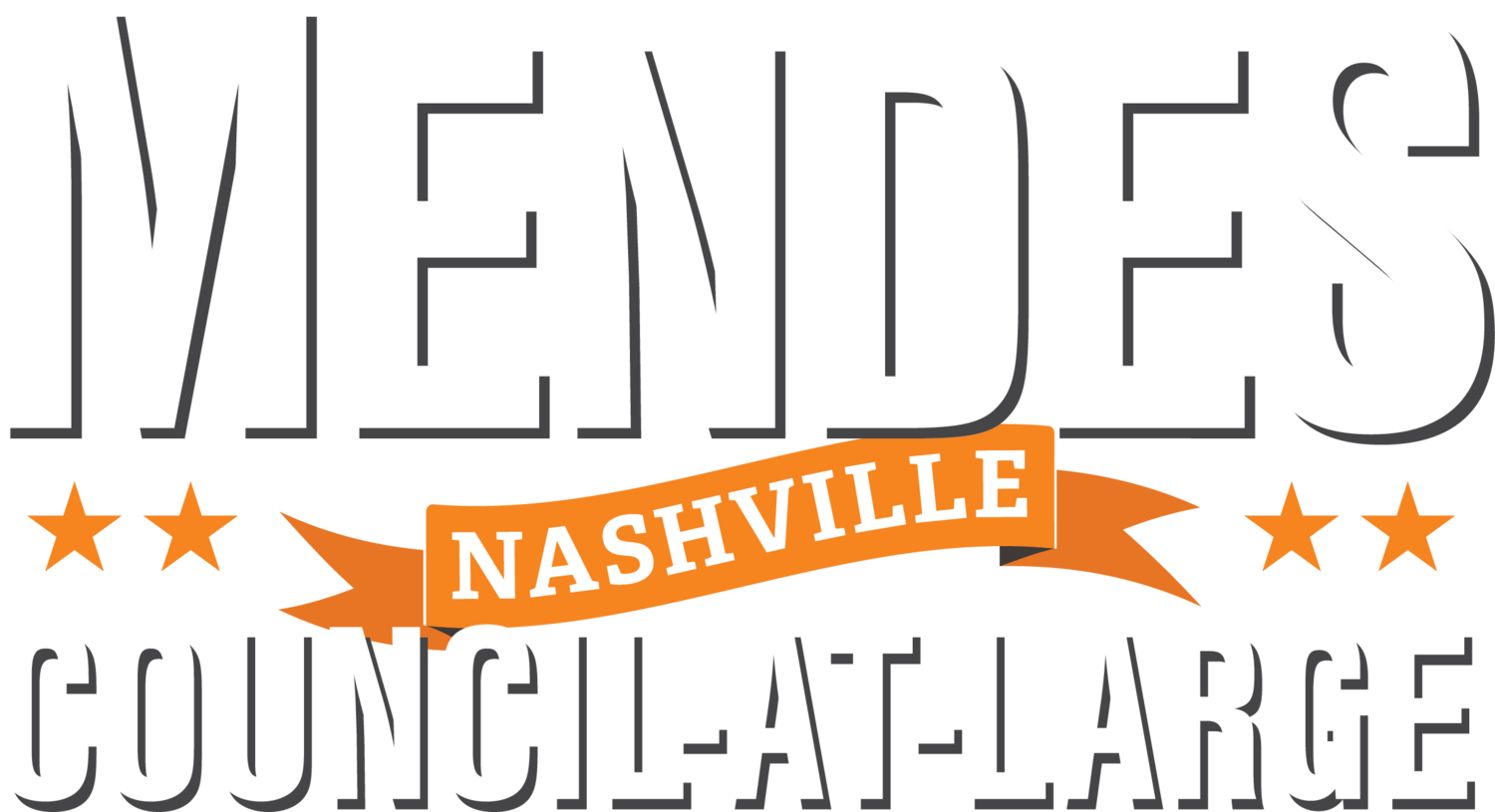What does “sharp” mean?
Many people are trying to understand what Mayor Cooper might have meant in the State of Metro address when he said to expect a “sharp” property tax rate increase.
Short answer is “I don’t know.” But I can make some predictions about the dynamics at play.
Let’s say your goal was to have a year where you didn’t increase or decrease services, employee head count, or wages. Here’s a starting point for understanding what that might look like for the property tax rate.
To start, Metro planned to end the current fiscal year with about $71 million in cash. See the Comptroller’s tally at page 5 of this presentation. Metro Finance is typically conservative, so let’s round that up to an even $100 million. That was the game plan — end the FY20 year with $100 million.
(That sounds like a lot. But it was an objectively terrible game plan. If Metro had a rainy day fund that was just average for the 20 biggest cities in America, this should have been more like $700 million.)
The Mayor has announced that FY20 will come up $200-300 million short on revenue. I’ll assume $225 million for this exercise. If the game plan was to end the year with $100 million, and you are $225 million light on revenue, then you instead will end the year with a $125 million deficit. I think this is pretty close to the reality that Metro finds itself in now.
Dealing with this FY20 deficit might be the easy part of the problem. I assume that the Comptroller is going to let Metro basically borrow money from itself to balance the books for FY20. I don’t know the details about how exactly this would work. But Metro should have enough money that is earmarked for capital projects to borrow against to make FY20 work.
Let’s roll forward to the upcoming FY21, which starts on July 1, 2020 and runs through June 30, 2021. For FY21, Metro would have to repay itself for the $125 million it just borrowed to make FY20 work. The Comptroller (appropriately) is going to make Metro set aside some amount for savings — I’ll guess $75 million. Metro has $39 million of new debt service payments it is already committed to pay. And, Metro will continue to see revenue shortfalls from the epidemic into FY21 — I’ll assume another $225 million of shortfalls in FY21.
Taking all of these numbers together, between lost revenue, building minimal savings, and new debt service payments, Metro would have to find $464 million to maintain the same level of services, employees, and wages.
Every penny of property tax is worth roughly $3 million in revenue for the city. That means that $464 million would equate to an increase of about $1.55 of property taxes. (I am not suggesting this as a rate increase…I am illustrating what one set of assumptions might require!!)
As the budget process rolls forward, the important questions are going to be:
What assumptions are you using for lost revenue?
Since FY20 will exhaust all of Metro’s rainy day fund and then some, how much rainy day fund are you assuming to build? You can’t plan to end FY21 with $0. Every $3 million of rainy day fund that you want to establish in FY21 means 1 penny of property tax rate.
With these few assumptions, a pretty simple spreadsheet will tell you what the tax rate would have to be to maintain services, employees, and wages. If you want a rate lower than that, you’d have to start cutting.
I genuinely hope that my assumptions are way off. Otherwise, when we get into this upcoming budget, the math might be driving toward the “sharp” increase mentioned in the State of Metro address and cuts too.
I have made the point before that plans can and will change rapidly during these uncertain times. I hope the assumptions are wildly off. I hope there is a shift toward having federal stimulus dollars flow directly to cities for lost revenue. Absent these events, because of Metro’s worst-in-class rainy day fund, we may have to deal with a “sharp” rate increase and an impact on services, employee count, or wages.
As I learn more, I will share more.
